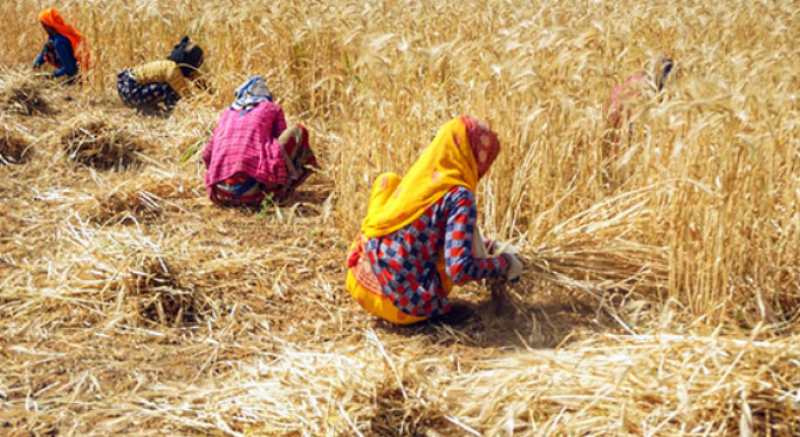Each deficit number now mirrors a deliberate policy recalibration. India is becoming the bedrock of policy action, negotiation and diplomacy in the rapidly transforming global trade landscape. One which is shaped by new alliances, evolving tariffs, and the kind of policy pivots that define a generation. India’s assertive and adaptive approach has never been more relevant.
Trade, today, is tactical. The recent joint statement with Afghanistan and earlier SCO Summit’s success with improving Sino-Indian ties, and the Russia-India-China (R-I-C) trilateral framework, are unsettling some of our neighbours. By managing trade diplomacy well, India has been able to gain a strategic advantage on the national security front. It is a shift away from depending on concessions from the US towards exploring regional solutions.
From oil barrels to balance sheets, India is scripting autonomy through currency diplomacy. India has historically faced forex pressure from USD-dominated crude purchases. Diversification of energy sources, which have been increasingly settled in INR and RMB, thus reducing dependence and stabilising reserves.
The trade standoff with Bangladesh, triggered by their import ban on 33 items, including cotton yarn, is a masterclass in micro-diplomacy. Bangladesh’s abrupt restrictions on Indian yarn, rice, and FMCG imports could have been met with rhetoric. India mandated that all Bangladesh imports now move only through slower, more expensive sea routes. This is a bureaucratic hurdle, signalling that market access is earned, not assumed. For Indian MSMEs, especially in textiles and agri-processing, this move is more than symbolic—it strengthens the domestic suppliers and encourages a recalibration of export strategies. At a time when global supply chains are being redrawn, India’s willingness to defend its interests, without closing the door on future dialogue, sets a new standard for regional trade relations.
But India’s trade playbook is far from one-dimensional. While managing the Bangladesh challenge, India is simultaneously deepening ties with the world’s major economies. Meanwhile, India’s free trade agreement with the United Kingdom may double bilateral trade to $120 billion by 2030, with India slashing tariffs on 90% of UK goods and the UK reciprocating on 99% of Indian exports. Beyond the headlines, the FTA’s real value lies in its provisions for professional mobility and services sectors, where India’s human capital is a global asset.
For India, relationships are assets — resilient, open, and sustainability-driven. India’s renewable push is a green leverage in FTA negotiations. This brings us to green growth. India added a record 29.5 GW of renewable capacity in FY 2024–25, with solar alone contributing nearly 24 GW. Projects like Rajasthan’s Bhadla Solar Park and Gujarat’s Khavda Renewable Energy Park are not just engineering marvels; they’re statements of intent. As FTA talks with the European Union zero in on sustainability and digital transition, India’s renewable push is both a bargaining chip and a credibility boost.
India’s trade diplomacy today is multi-directional by design. From China’s minerals to Russia’s oil, from EU’s green deal to the US’s tariff table, India’s trade compass points everywhere, yet moves with purpose.
The world is watching, not just for what India does next, but for how it does it. In a trade environment defined by uncertainty, India’s strategic mix of negotiation, assertiveness, and ambition is a blueprint for emerging economies navigating the new global order.
Hardik Barchha-The writer is a Strategic Leader leveraging AI and insights and is passionate about #ViksitBharat aspiration.


